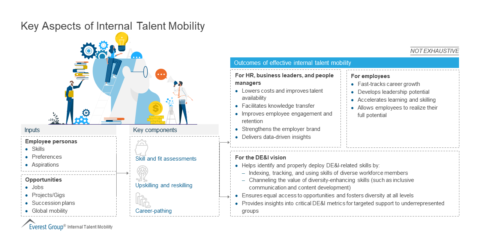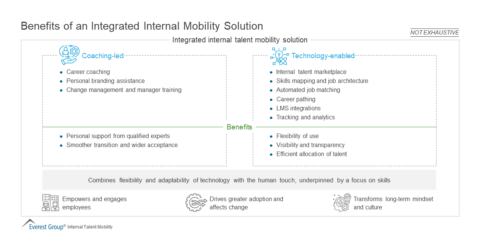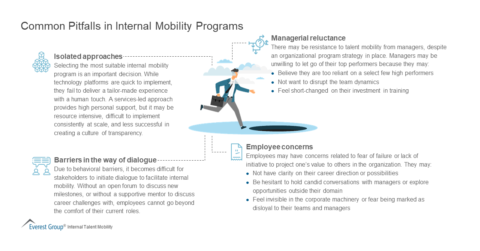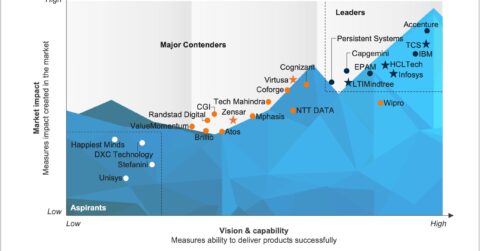Reimagine growth at Elevate – Dallas 2025. See the Agenda.
Filter
Displaying 61-70 of 337
Putting Your Frontline Workforce at the Forefront of Technology | Webinar
February 7, 2024
Webinar
Thriving in the Competitive IT Talent Market: Best-in-Class Approaches | LinkedIn Live
On-Demand LinkedIn Live
1 hour
Key Issues 2024: Creating Accelerated Value in a Dynamic World | Webinar
On-demand Webinar
1 hour
Locations and Talent Strategy – Let’s Talk – Potential in the Philippines | LinkedIn Live
On-Demand LinkedIn Live
1 hour
Trends Shaping the Talent Market in 2024: How Enterprises Can Create a Competitive Edge | Webinar
On-demand Webinar
1 hour











